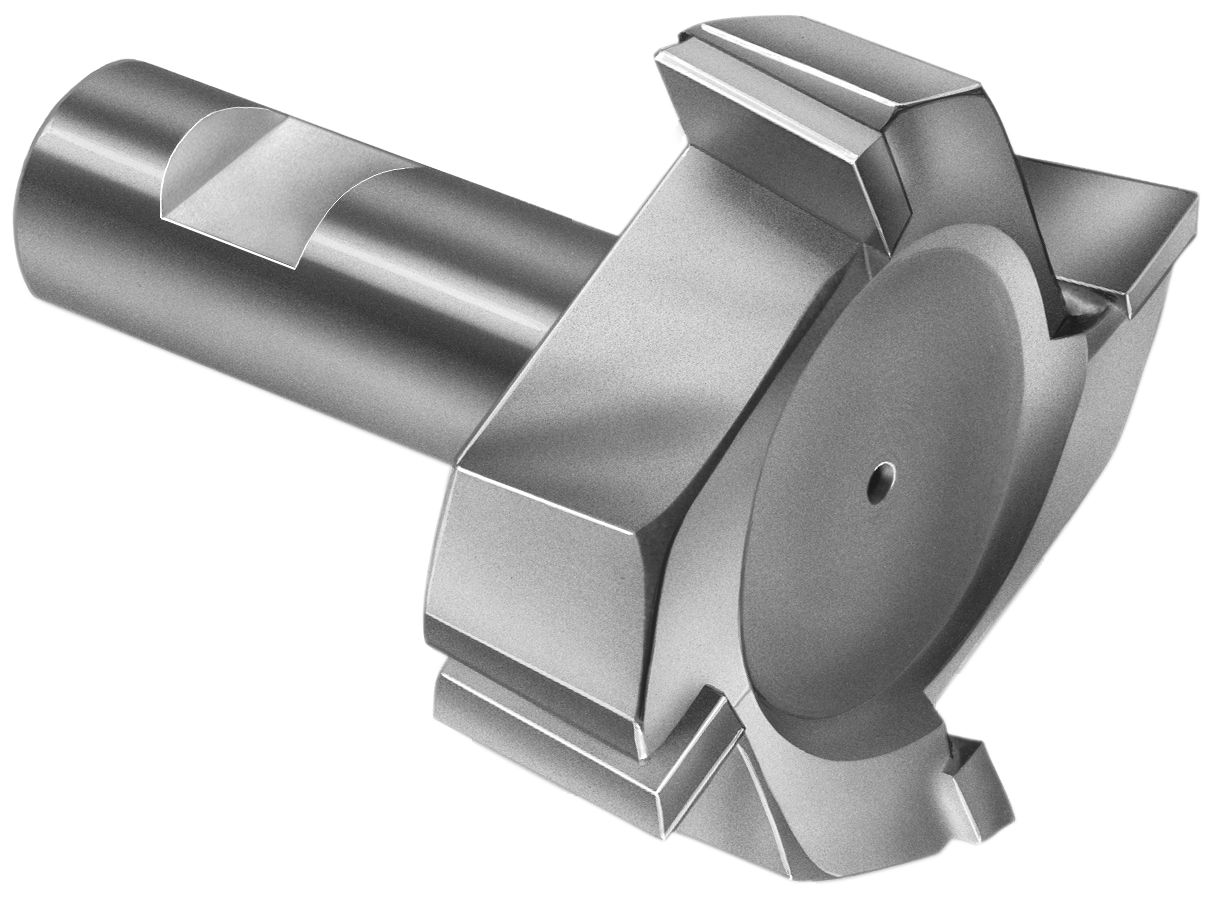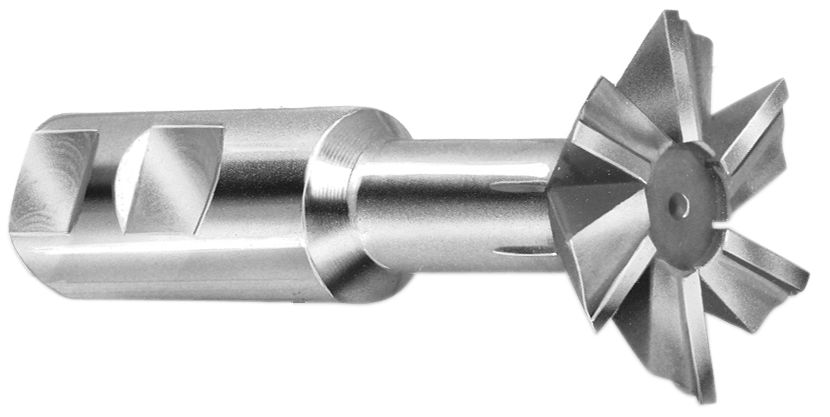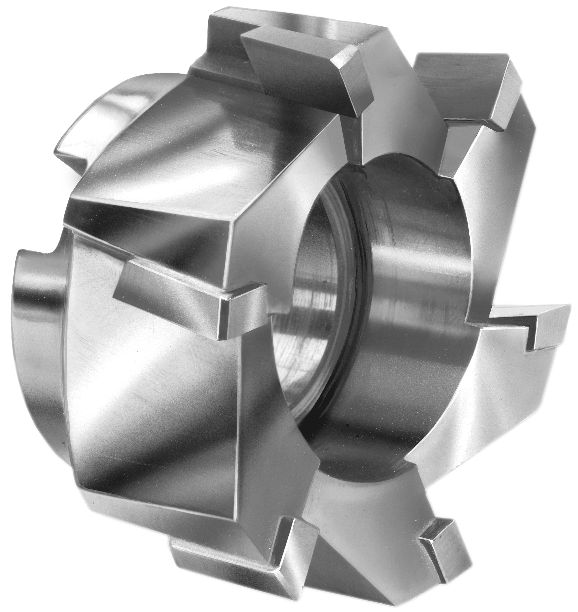No products in the cart.
Milling cutters come in all sorts of shapes and sizes. They can range from small keyseat style cutters, to large slab mills cutting out wide 4” slots. Regardless of the size they are designed to remove material from the work piece by using teeth to cut away at the part. The teeth can have chamfers, radii, spirals, positive or negative rake angles, chip breakers, etc. Suffice it to say, there are lots of options for machinists to choose from when milling their parts.
Here is a breakdown of the common types of milling cutters and simple overview of what they do:
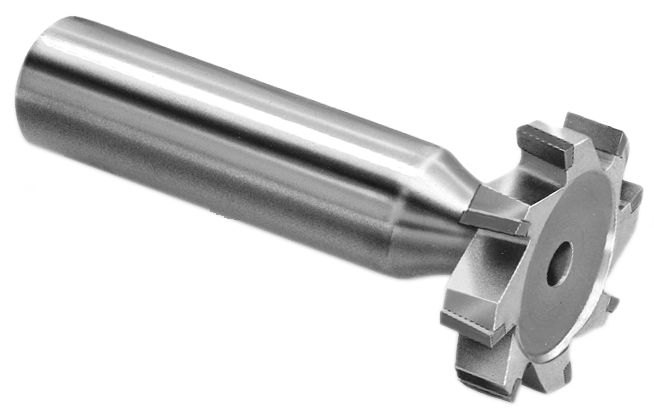 Keyseat Cutters– Keyseats cutter are typically smaller milling cutters with a shank although they can be in excess of 6” in diameter. They can be straight or staggered toothed and can have chip-breakers on the teeth.
Keyseat Cutters– Keyseats cutter are typically smaller milling cutters with a shank although they can be in excess of 6” in diameter. They can be straight or staggered toothed and can have chip-breakers on the teeth.
Face Mills– Face mills are shanks tools and are similar to a shell mill (described below) except with a shank and can be used for plunge cutting or traverse milling.
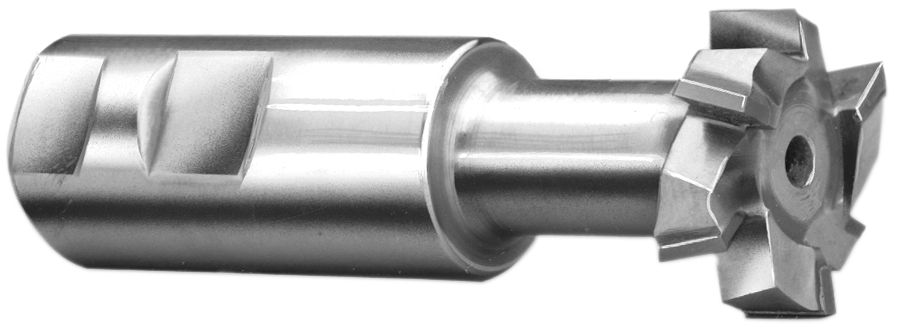 T-Slot Cutters– T-Slot cutters are aggressive tools that typically feature alternating left and right axial rakes. They can be used to remove material creating a T shape in the work piece. They typically require a pre-machined slot as they are not center cutting.
T-Slot Cutters– T-Slot cutters are aggressive tools that typically feature alternating left and right axial rakes. They can be used to remove material creating a T shape in the work piece. They typically require a pre-machined slot as they are not center cutting.
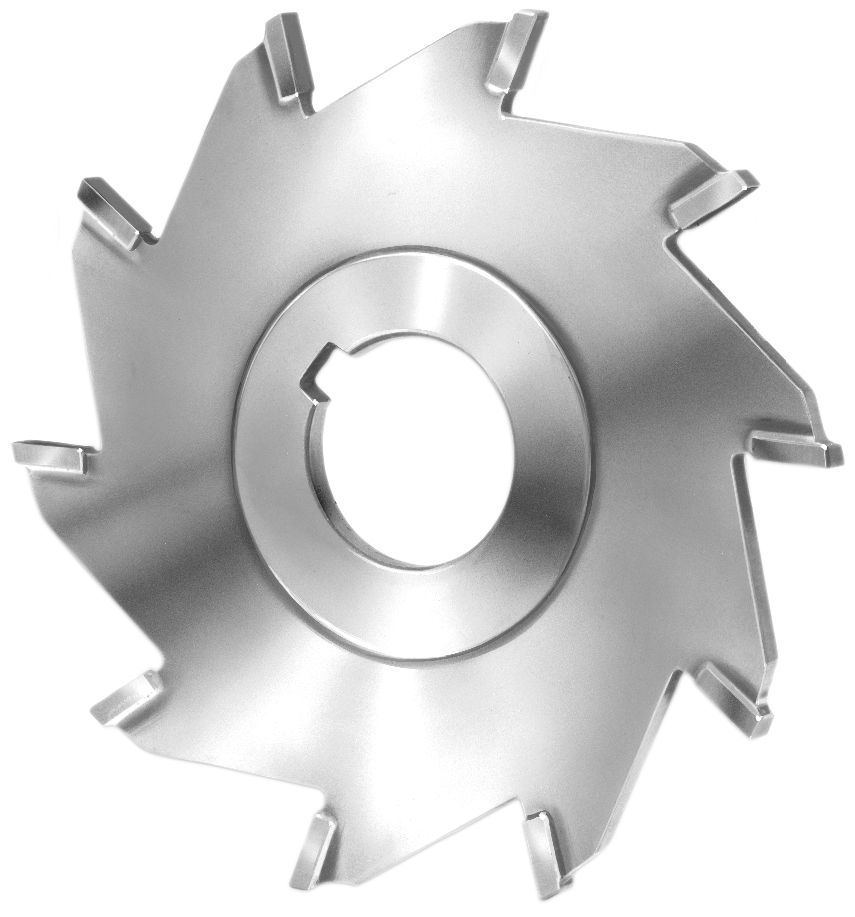 Slitting Saws– Slitting saws are a basic tool for cutting grooves and slots. They are arbor hole tools. They come in many shapes and sizes with various forms on the teeth. Slitting saws can have chamfers and radii put on them to cut all sorts of shapes.
Slitting Saws– Slitting saws are a basic tool for cutting grooves and slots. They are arbor hole tools. They come in many shapes and sizes with various forms on the teeth. Slitting saws can have chamfers and radii put on them to cut all sorts of shapes.
Slab Mills – Slab mills are very wide slitting saws. When a slitting saw is over 1” wide it is commonly referred to as a slab mill. They are designed to remove large amounts of material for a very wide slot. These are also arbors hole tools.
Dovetail & Chamfer Cutters – Dovetails and chamfer cutters are shank tools that are used to cut specific angles in the work-piece. Chamfer cutters are often referred to as reverse dovetails. Both can be used to cut angles in slots or bevel the ends of a workpiece.
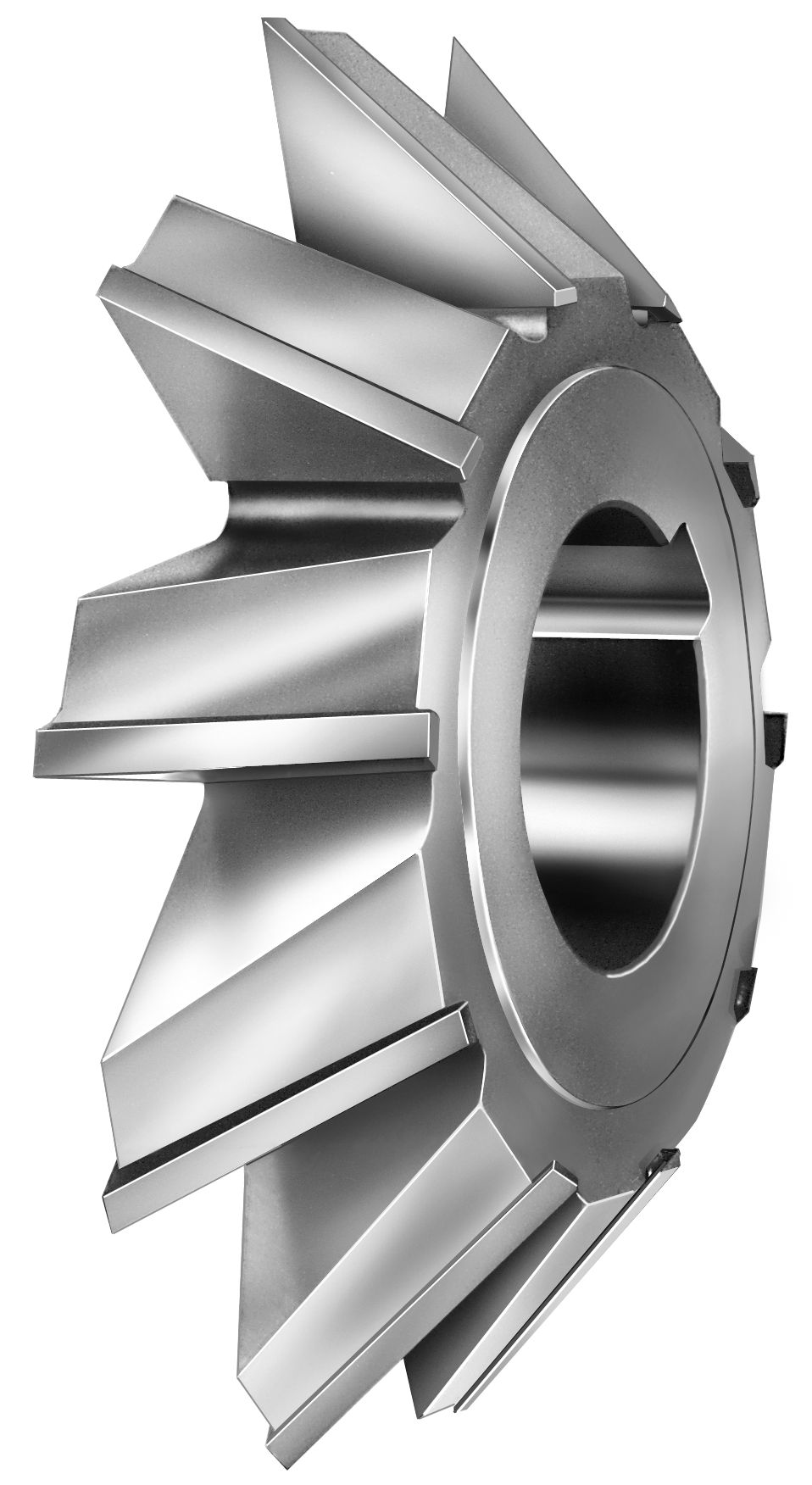 Single Angle Cutters – These cutters are similar to chamfer cutters except that they have an arbor hole. They are used to cut a specified angle and they only cut on one side of the angle.
Single Angle Cutters – These cutters are similar to chamfer cutters except that they have an arbor hole. They are used to cut a specified angle and they only cut on one side of the angle.
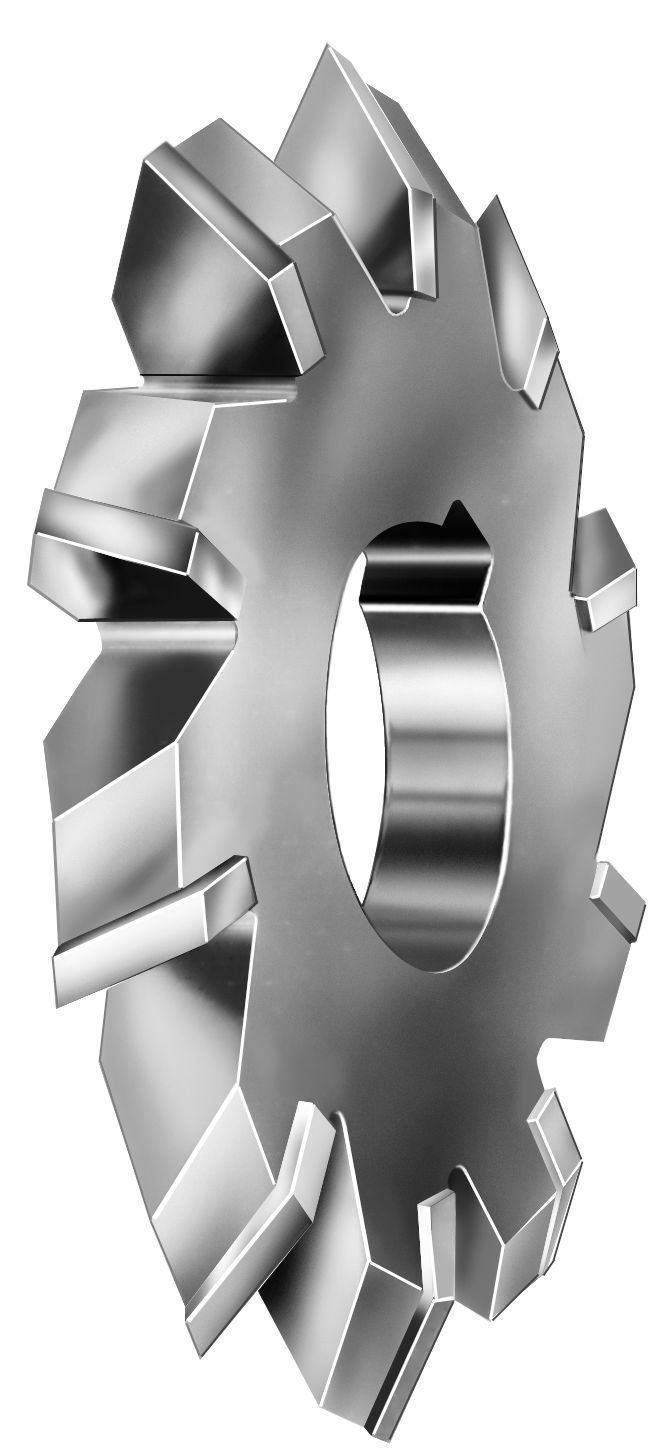
Double Angle Cutters – Like single angle cutters, double angle cutters are meant to cut grooves with a specific included angle, however, they cut on both sides of the angle. The teeth of double angle cutter come to point with a small radius on the tip. Double angle cutters can be arbor hole tools or shank tools.
Shell Mills – These are large milling cutters that are meant to remove large amounts of material. They are run on arbors and have teeth on the side of the cutter. They can be used to plunge cut or side mill.
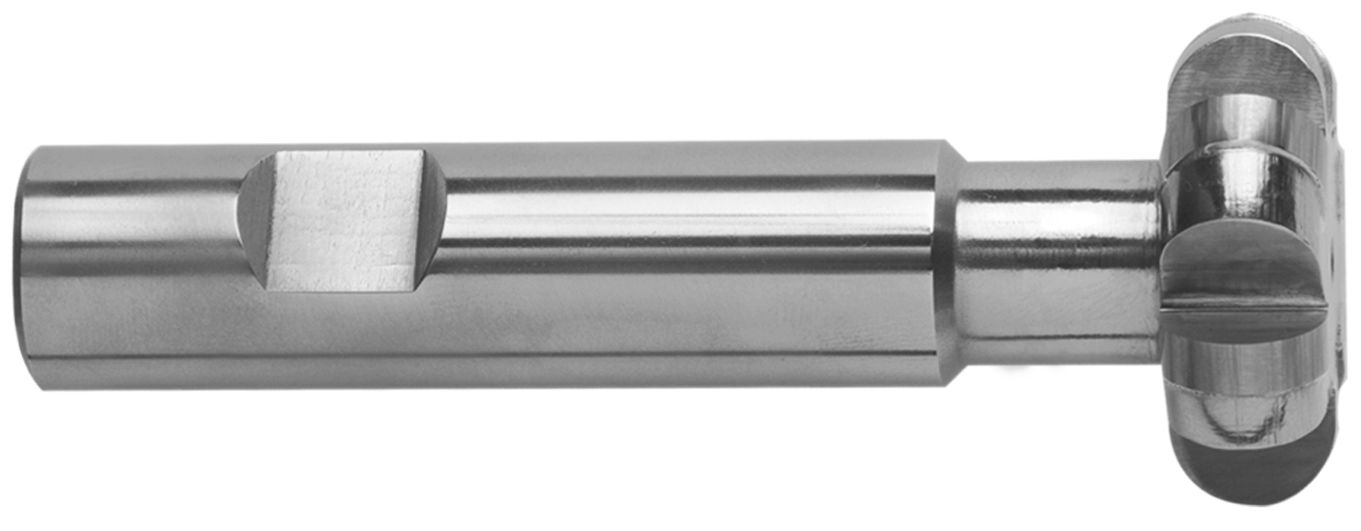 Radius Cutters – These are keyseat cutters, with a full radius. These cutters are meant to cutter rounded grooves into the part.
Radius Cutters – These are keyseat cutters, with a full radius. These cutters are meant to cutter rounded grooves into the part.
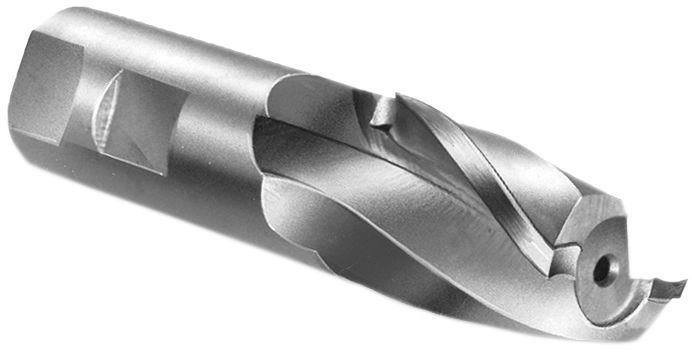 End Mills – End mills can come in a large variety of shapes, styles, and sizes. They can side mill, plunge cut and be center cutting.
End Mills – End mills can come in a large variety of shapes, styles, and sizes. They can side mill, plunge cut and be center cutting.
Again, this is just a simple overview of the common types of milling cutters. Starting in our next blog, we will be breaking down the various types in detail and going through some of their specific characteristics.
Bryan Enander
Super Tool, Inc.
